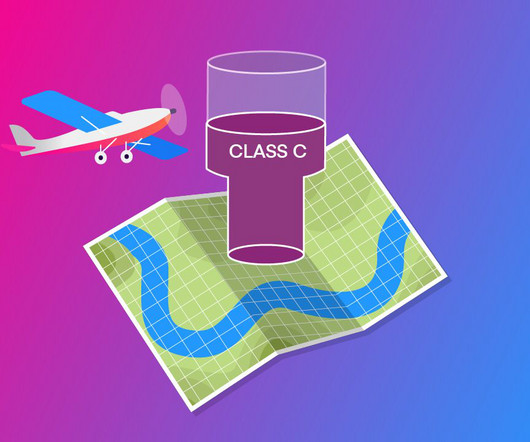Pilot’s Guide to Airspace
Flight Training Central
MARCH 18, 2024
The level of control goes from zero in some areas to considerable control around congested, big city, airports that serve considerable airline traffic. Class B Airspace typically takes on the shape of an upside down wedding cake and extends to 10,000′ Class B airports typically accommodate a high volume of airline traffic.










Let's personalize your content